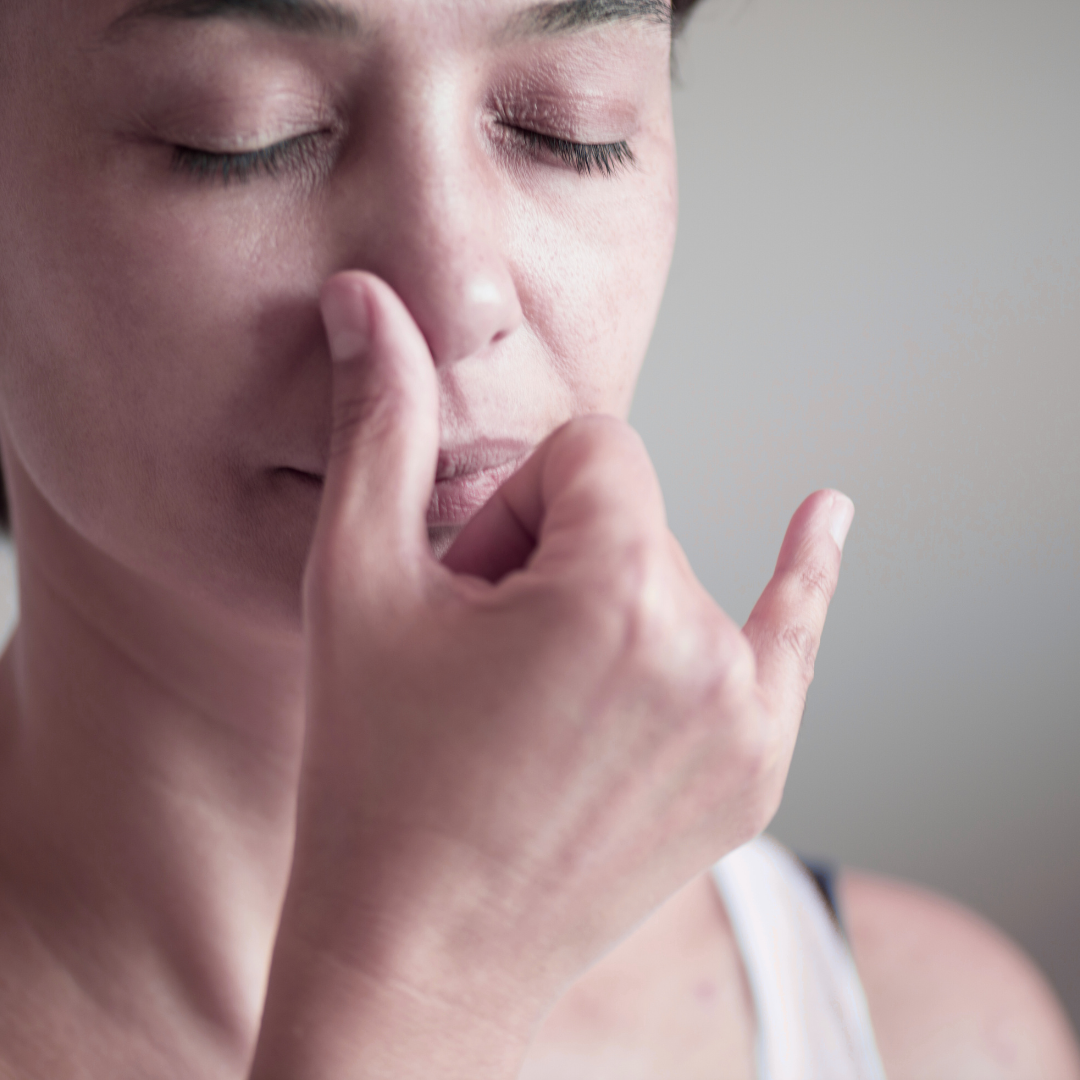How POTS Is Diagnosed: What Tests Actually Reveal Dysautonomia
Functional testing after a POTS diagnosis uncovers hidden stressors like nutrient deficiencies, mold exposure, and metabolic imbalances.
When you know something is wrong with your body but every appointment ends with “everything looks fine,” it can make you feel invisible. If you live with dizziness, a racing heart, and bone-deep fatigue, you might have been told it’s just anxiety. For many women, it turns out to be something very different: POTS.
POTS, or Postural Orthostatic Tachycardia Syndrome, is a type of dysautonomia that changes how your body responds when you stand. Getting a diagnosis is often a turning point. It’s not about a label. It’s about finally understanding why you feel the way you do and having a place to start.
Why Getting a Diagnosis for POTS Matters
Living with undiagnosed symptoms is exhausting. Every day feels like a guessing game: Will I faint? Will I be able to stand long enough to cook? Why does my heart race when I’m just walking across the room? Without a name for what’s happening, you’re left feeling like you need to prove to everyone, including yourself, that what you feel is real.
A diagnosis doesn’t solve everything overnight, but it gives you a map. It confirms that your symptoms have a cause. And it opens the door to a plan for managing them instead of feeling like your body is betraying you.
How to Diagnose POTS: Where to Start
POTS is diagnosed by looking at how your heart rate and blood pressure change when you move from lying down to standing. It isn’t always obvious in a routine office visit, which is why it’s so commonly missed.
If you suspect POTS, the first step is usually talking with a primary care doctor, a cardiologist, or a neurologist who has experience with autonomic conditions. Many people also bring a log of their symptoms and heart rate readings at home. This simple record can help a provider see patterns that might otherwise go unnoticed.
“A POTS diagnosis isn’t just a label—it’s a map that explains your symptoms and opens the door to real support.”
POTS Symptoms Checklist
Here are some of the most common symptoms that lead women to seek testing:
Rapid heartbeat or palpitations when standing
Dizziness or feeling lightheaded when upright
Brain fog or trouble concentrating
Fatigue that feels overwhelming
Nausea, especially when standing
Shakiness, blurred vision, or feeling close to fainting
Temperature regulation issues or excessive sweating
Not everyone has all of these, but they tend to cluster together. These symptoms can flare and fade, which is one reason people often feel dismissed.
POTS Tilt Table Test: The Gold Standard
The test most commonly used to diagnose POTS is called a tilt table test. It’s simple but revealing. You lie on a special table that gradually tilts you from a flat position to standing upright while your heart rate and blood pressure are monitored.
For someone with POTS, the heart rate rises by 30 beats per minute (or more) within 10 minutes of standing, without a significant drop in blood pressure. This increase is a clear sign that your autonomic nervous system is working harder than it should just to keep you upright.
Some doctors also do a simpler “active stand” test in the office, but the tilt table test provides more detailed information.
Other Tests That May Help
In addition to the tilt table test, your doctor may order:
A 24-hour heart rate monitor
Blood pressure monitoring
Autonomic reflex testing to see how your body responds to different stressors
These tests aren’t meant to overwhelm you with data. They’re used to rule out other conditions and confirm that the nervous system is at the root of your symptoms.
Looking Deeper: Nutrient and Toxicity Testing
For many women, a POTS diagnosis is only the first piece of the puzzle. The next question is why the nervous system is struggling. This is where functional testing comes in. These tests look for things that routine bloodwork often misses, such as:
Nutrient deficiencies: Even if you eat well, your body might not be absorbing certain vitamins or minerals that your nervous system needs.
Toxic exposures: Mold, heavy metals, or environmental toxins can place a burden on the body and keep symptoms stuck.
Metabolic stress: Tests like the Organic Acids Test (OAT) or Hair and Mineral Testing (HMNT) can show hidden imbalances that affect energy, brain function, and recovery.
Finding these hidden stressors matters. When they’re addressed, the nervous system has a much better chance of healing.
“The tilt table test remains the gold standard: an increase of 30+ beats per minute within 10 minutes of standing signals POTS.”
What to Do If Your Doctor Doesn’t Take You Seriously
One of the hardest parts of getting a diagnosis is finding someone who listens. If your symptoms are brushed off as stress or anxiety, you may need to seek a second opinion. Advocating for yourself might feel like another burden when you’re already tired, but you deserve care that looks deeper.
Many women also turn to functional medicine at this stage. Functional practitioners focus on understanding what triggered the dysautonomia in the first place. They use additional testing to uncover patterns that standard workups might miss.
Moving Forward After a POTS Diagnosis
Getting a diagnosis isn’t the end of the road. It’s the beginning of a new way of working with your body instead of fighting against it. Recovery with POTS often focuses on teaching the nervous system how to feel safe and stable again. This includes hydration, specific nutrition, gentle movement, and nervous system regulation strategies that retrain the way your body responds to stress.
For some people, symptoms improve significantly over time. For others, they learn how to reduce the severity of flares so that life feels more manageable.
You Don’t Have to Navigate This Alone
If you’ve been searching for answers and finally suspect POTS might be the missing piece, you’ve already taken an important step. Understanding why your body feels the way it does is the first part of healing. The next step is learning how to support your system so that it doesn’t feel like a constant battle just to get through the day.
At our clinic, we use functional testing, including nutrient and toxicity panels, to help women with POTS regulate their nervous systems, stabilize their energy, and feel more confident in their bodies again. Inside the Nervous System Healing Code, we guide you through tools that calm the stress response, support circulation, and reduce the overwhelm that comes with dysautonomia.
You don’t have to keep trying to figure this out alone. You can start today by joining our program or scheduling a one-on-one consultation. There is a path forward, and you deserve care that sees you, believes you, and walks with you every step of the way.



















